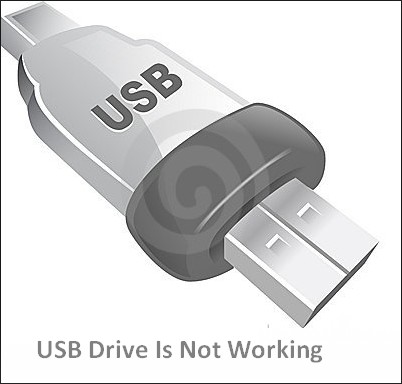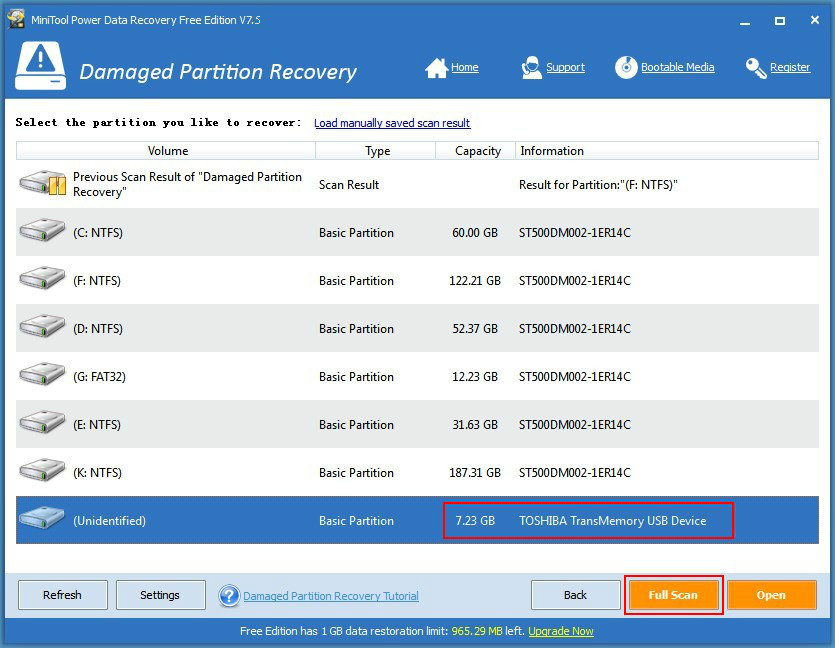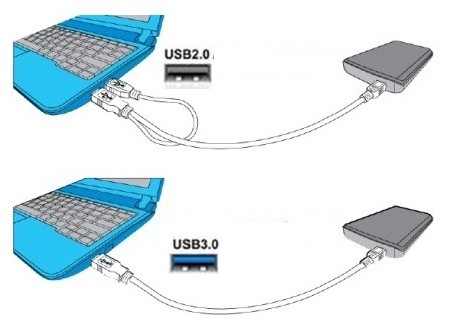- Hard Drive Becomes Slow, How To Solve Properly
- Follow This To Recover Data From Failed Flash Drive ASAP
- How To Restore Files From Seagate External Hard Drive Quickly
- Recovering From Hard Drive Logical Error Is Not A Dream
- If USB Drive Is Not Working – How To Get Data Off It
- When You Find Drive Is Not Accessible, How To Respond Properly
- Please Don’t Let USB Recovery Bothers You Anymore
- 3 Steps To Undelete Deleted Files – 100% Safe
- A Step-By-Step Guide On VMFS Recovery You Should Master
- Easy & Effective Way To Recover Files After Format – Solved
- The Most Effective CryptoLocker File Recovery Method
- A Quick Solution To Corrupted Files Recovery – Take A Look
- Useful And Easy Business Security Tips For Companies
- Recover Data From GPT Disk – Best And Safest Solution
- Quickly Recover Files After Ghost – Watch How To Do
- SD Card Is Blank Or Has Unsupported File System – Solved
- Lost Sticky Notes On Desktop – How To Fix Independently
- Can You Believe It – RAID 0 Recovery Could Be Really Free
- Look How We Recover DNG Files From SD Card Without Trouble
- Solved – Windows 10 Desktop Files Missing Problem
- Best Method For File Recovery From Deleted Partition Is Out
- Try This After USB Flash Drive Became RAW To Recover Data
- To Recover Data From Portable Device, You Need This Tool
- Look This To Restore Deleted Files On FAT Within Simple Steps
- How To Do When Drive Appears As Uninitialized To Recover Data

 If USB Drive Is Not Working – How To Get Data Off It
If USB Drive Is Not Working – How To Get Data Off ItAs you can easily find, USB device is widely used among people mainly because of 2 reasons:
a). USB device is easy to carry around and used at any time;
b). the price of USB device is decreasing, while the capacity of it is increasing.
But, this also brings much trouble to us. Let’s see an example:
Oops, the USB flash drive is not working – “A friend of mine brought me the USB flash drive which saves all of her school work to me. Seriously, everything she has done so far this semester is here. Most importantly, she doesn’t have a backup for those files.”
What are you expected to do when you find USB drive not working? Since the files saved in the USB drive are so important, you must be eager to know how to recover USB drive data, right? Here is our suggestion – using MiniTool Power Data Recovery, a wonderful USB recovery tool – to get data back.

What to Do When USB Drive Not Working
As an ordinary user, you may choose to reformat the USB flash drive after finding that it is not working. But, you need to notice that all data in that drive will be destroyed. So, we suggest you to recover USB drive data before you try any ways to fix the USB drive and make it usable again.
How to recover data after finding USB drive not working:
Download the USB recovery tool we recommend -> install it to local drive or another USB device -> launch the tool and choose “Damaged Partition Recovery” from main window -> select the USB drive and press “Full Scan” to detect data -> brose scan result and check files you need -> press “Save” button and choose a storage path for files waiting to be recovered.

That’s all that you should do after you find your USB drive is not working.
By the way, if you find you can’t see your USB device in above interface even after clicking on “Refresh” button, you should read this to get more help.
Get to Know More about USB 3.0
USB3.0 is actually a kind of USB specification, which is put forward by Intel and other companies. It’s the later version of USB2.0, which has already been widely recognized by PC makers, and has become the necessary interface for hardware manufacturers. The maximum transmission bandwidth of USB2.0 is 480Mbps (60MB/s), while that of USB3.0 is up to 5.0Gbps (500MB/s).

All in all, USB3.0, also considered as SuperSpeed USB, provides a standard interface for a variety of devices which are connected to PC or audio/high-frequency equipment. While maintaining the compatibility with USB2.0, the new USB3.0 also owns the following features: greatly improved bandwidth, better power management, enabling the host to provide more power to the device, enabling the host to identify device more quickly and more efficient data processing. But, remember, there’s no functional difference between USB2.0 and USB3.0 – they’re both just a hardware device.
